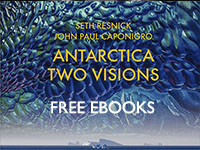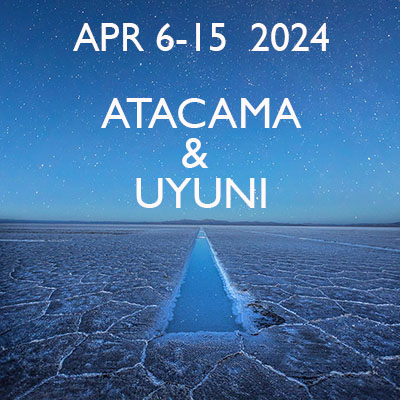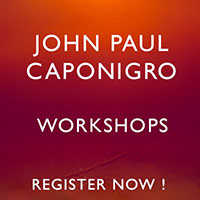Creating Sketches in the Field
March 28, 2016 | Comments Off on Creating Sketches in the Field
Before and after sketches made in the field.
The virtual contact sheet the above images were selected from.
Seth Resnick
When I’m on location, I shoot lots of material. I cull my work constantly and feel relieved every time I delete another hundred or so images. Some people are amazed that I delete anything, and almost everyone is amazed at just how much I delete.
“…I find that the editing process really helps, and by deleting, I am able to analyze my shoot and create the necessary contact sheets…”
Back in the days of film, I was notorious for shooting large amounts of Kodachrome. In fact, it wasn’t uncommon for me to shoot 50 rolls of film on an assignment. Afterward, I would place the transparencies on a light table and, with a Sharpie, I would put one dot on the ones I liked, narrow it down to several hundred images, and then go back and put two dots and eventually three or four dots on my best images.
For the client, the selected images would go into slide pages, which typically numbered around four pages of images, and probably about eight of the selects had three or four dots. Clients loved this, and I was no different than most other photographers. I certainly would never send in 50 boxes of slides, unless I wanted to ensure that I wouldn’t work again. What’s really interesting is that four pages of slides amounted to 80 to 100 selects.
In the digital age, I find that people simply can’t edit. Ask someone to get the selection down to a hundred, and the typical answer is “No way, I shot 1,000 frames.” Why is digital content so tough for folks to edit? I find that the editing process really helps, and by deleting, I am able to analyze my shoot and create the necessary contact sheets or sketches so I can eventually find my exhibition images.
My goal in the field is to create what I call “working contact sheets.” I rate my work with two, three, four, and five stars. An image with two stars signifies a good idea but simply doesn’t work. An image with three was done well but doesn’t elicit much of a feeling from within, and I know that I can do better. A four is something that really works well, and I am proud of it. A five would be a lasting portfolio image. The longer you shoot, the higher the bar gets raised, and the more difficult it becomes to truly get four- and five-star images. Sometimes I get frustrated, and I instinctively think about a song from Sesame Street entitled Counting to Four. It makes me laugh when I see how easy it is to get a three, and how difficult it can be to get to the number four.
In the field, I make very basic adjustments. I take the three-star and four-star images and put them in a collection. They are a collection of the best of what I shot, but not necessarily portfolio images. From these sketches, I eventually select a few of the best and, after some additional work, those become portfolio images for galleries and prints.
These sketches are a critical step in my creative process. I need to live with the body of work for a while before I can even get to point of really selecting the finals for galleries and exhibitions. I also find that I need to get over the initial “wow” factor of being on location. It’s funny how some images that totally sizzle in your mind when you click the shutter begin to fizzle out when you look at them a week or so later.
View sketches from my most recent adventures here.
Read about John Paul Caponigro’s Contact Sheets.
Making Virtual Contact Sheets
March 28, 2016 | Comments Off on Making Virtual Contact Sheets
A Virtual Contact Sheet from Morocco. Nice images, but this is not a direction I choose to pursue.
Virtual Contact Sheet from Morocco. There are one or two keepers here, as is. But there are many useful images that will work well for composites.
A before-and-after sketch made in the field. Side-by-side comparison confirms that this is a direction I want to pursue. Creating a meaningful comparison and contrast to my previous portfolios of dune images will be one key to bringing this to a successful resolution.

A three-star image from The Skeleton Coast, Namibia, that sets the standard by which to measure future dune images―accept this level or better, not less.
A five-star image from Sossusvlei, Namibia, that represents my best efforts to date—a level to aim for or exceed in the future.
John Paul Caponigro
Using Smart Collections in Lightroom speeds up the process of gathering and revisiting these images. I use Smart Collections―1 Star, 2 Stars, 3 Stars, 4 Stars, 5 Stars, and 3+ Stars. These Smart Collections are critical for focusing and accelerating my visual thought process, helping me to make the most of a location in a short amount of time. I can see what’s working and what’s not, correct mistakes, figure out what it’s going to take to up my game, identify missing shots, and seek out the ones that will bring a set of images together. Smart Collections serve as a chronology of all the ranked images I’ve made. They create a unique kind of journal. Most importantly, they start the process of assembling bodies of work.
I use Collections for assembling like images to develop projects, typically grouping selected images by location or theme. Unlike Smart Collections, I find Collections’ support for a manual sort order essential. Manual sort orders enable me to create image pairs and sequences, continuities that bind groups of images together into bodies of work. (For more on Continuity, Bodies of Work, and Developing Personal Projects.
Unlike Smart Collections, I find Collections’ support for a manual sort order essential. Manual sort orders enable me to create image pairs and sequences, continuities that bind groups of images together into bodies of work. Unlike when I used film, where I had to make physical contact sheets to select images, I rarely print my virtual contact sheets. It’s curious to call them by the traditional name “contact sheets,” because they’re not made by contacting film to paper. But, they’re no less essential to my creative process; if anything, they’re more important. Virtual Contact Sheets allow me to edit images at higher levels of thinking. I even use them to select and sequence images for slideshows, exhibits, and books.
I save virtual contact sheets, and sometimes I even save different states of a single contact sheet. I take screenshots of Lightroom’s display of my curated Collections. So many people requested to see them that I started sharing them on my blog. Putting my visual thought process about my virtual contact sheets helped me obtain an even better understanding of my vision, goal, and results.










